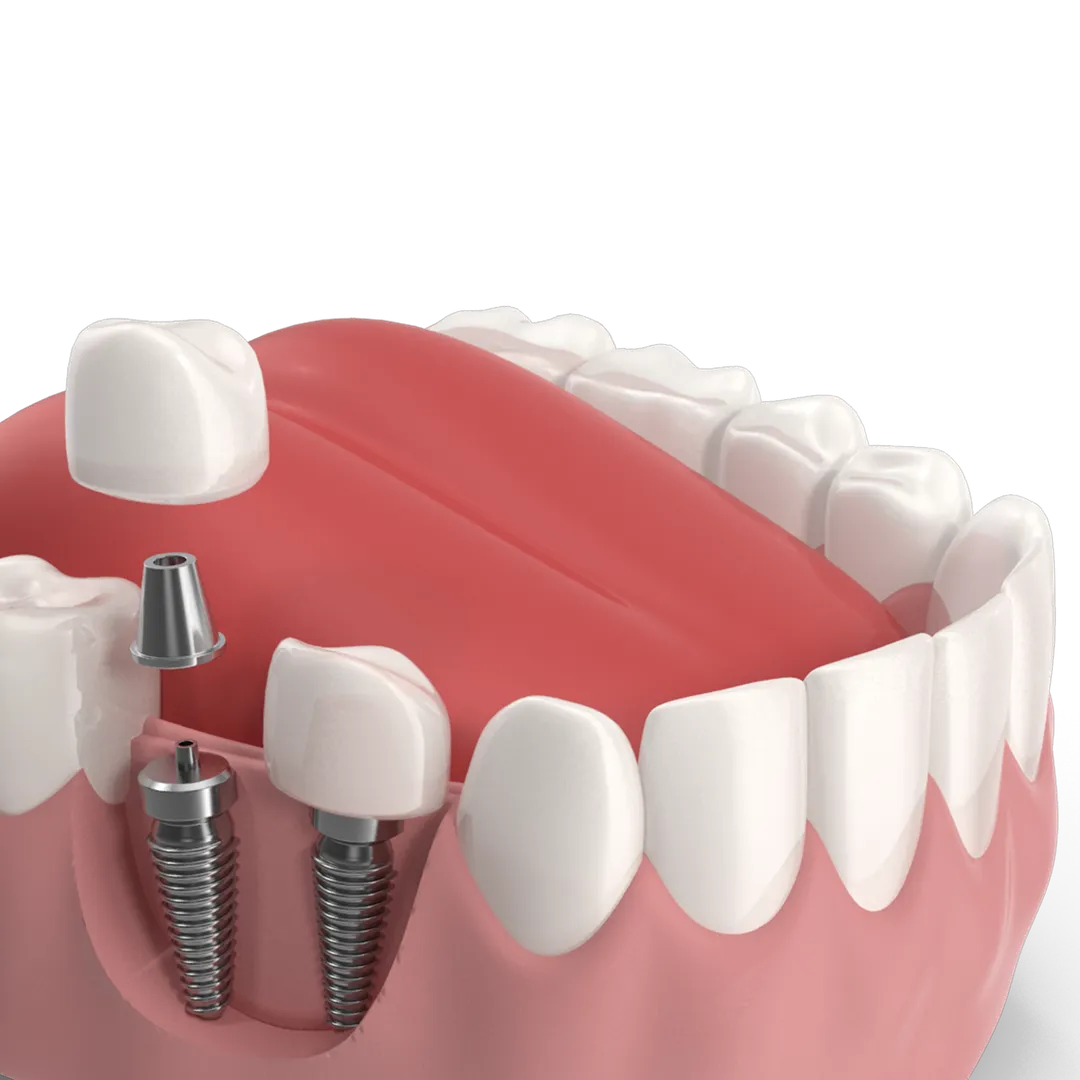Tooth Extraction
Tooth extraction is a common dental procedure that involves removing a tooth from its socket in the jawbone under anesthesia. While the idea of losing a tooth might sound alarming, in many cases, it’s a necessary step to protect your oral health and prevent further complications. Extractions are mainly advised due to grossly decayed , trauma, overcrowding, or impacted wisdom teeth.
When Is Tooth Extraction Needed?
There are several reasons why your dentist may recommend a tooth extraction:
1.Severe Tooth Decay: When a tooth is extensively damaged that it cannot be saved with a filling, crown, or root canal , extraction is recommended.
2.Infection: If an infection reaches the pulp and is not curable with antibiotics , root canal treatment or other treatments, extraction will be ghe only solution.
3.Overcrowding: When there is overcrowding of the teeth and doesn't have enough space for orthodontic treatment, extraction is suggested.
4.Gum Disease: Advanced periodontal disease can loosen teeth, requiring the related tooth removal.
5.Wisdom Tooth Removal: Third molars often become impacted or erupt at odd angles, causing pain, infection, or crowding and the best solution is extraction.
6.Dental Trauma: Accidents or injuries may damage a tooth beyond repair, necessitating extraction and then the replacement of ghe missing teeth.
The Tooth Extraction Process
The procedure depends on whether the tooth is visible or impacted:
Simple Extraction: Used for visible teeth, typically done under local anesthesia.
Surgical Extraction: Required for broken, impacted, or unerupted teeth (common with wisdom teeth), often performed under local anesthesia or sedation.
During the procedure, your dentist ensures comfort and uses sterilized tools to safely remove the tooth.
Tooth Extraction Healing and Aftercare
Healing typically takes 1 to 2 weeks, during which a blood clot forms in the socket. Proper aftercare is essential to promote healing and prevent complications like dry socket.
Steps to follow after extraction:
1.Bite gently on gauze to stop bleeding. 2.Avoid smoking or using straws for 48 hours. 3.Eat soft foods and avoid chewing on the extraction site. 4.Use prescribed medication or over-the-counter pain relief. 5.Keep the area clean but avoid vigorous rinsing for the first day. 6.Keep an ice pack to reduce the swelling. 7. If any discomfort and pain continues please consult your doctor immediately.
Note: For wisdom tooth removal, healing may take slightly longer depending on the complexity of the extraction.
Conclusion
Tooth extraction, while sometimes unavoidable, is a safe and effective procedure that helps preserve your overall oral health. Whether it’s for infection control, wisdom tooth removal, or orthodontic needs, timely extraction and proper healing care can prevent future complications and discomfort. There are plenty of options available for replacing the missing tooth and can be done accordingly.
Frequently asked Questions
Is tooth extraction painful?
No. Local anesthesia is used to completely numb the area, so you won’t feel pain during the procedure. Some discomfort afterward is normal and can be managed with medication and rest.
What is a dry socket, and how can I prevent it?
A dry socket occurs when the blood clot that forms in the socket becomes dislodged, exposing nerves and bone. This can be very painful. To prevent it, avoid smoking, vigorous rinsing, or using straws for at least 48 hours.
Will I need to replace the extracted tooth?
Yes, if it’s not a wisdom tooth or an intentionally removed tooth for orthodontic reasons. Missing teeth can affect chewing, alignment, and bone health. Your dentist may suggest a dental implant, bridge, or denture.


